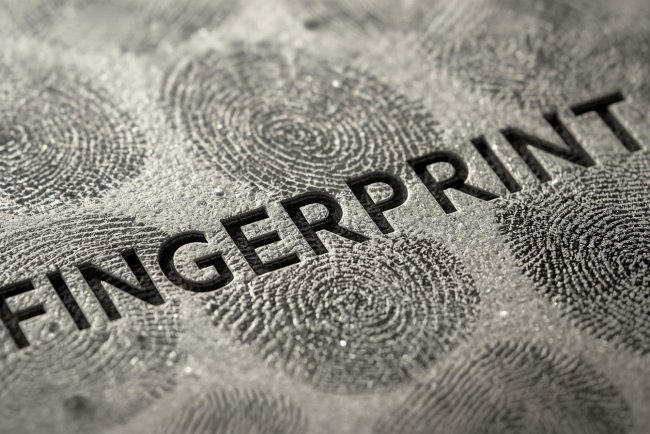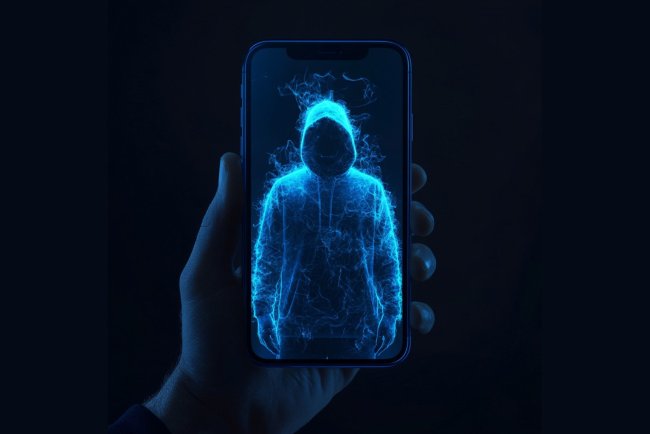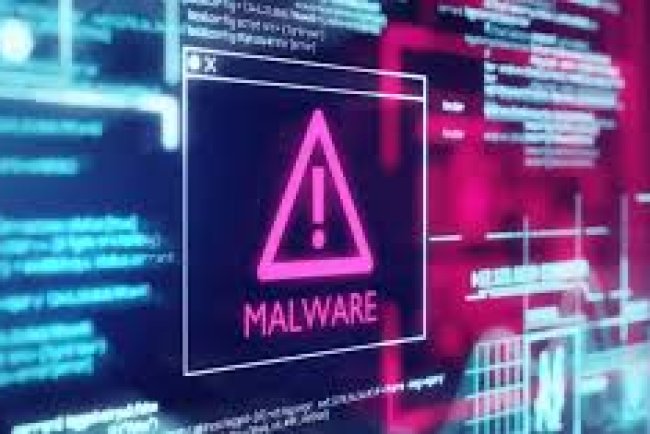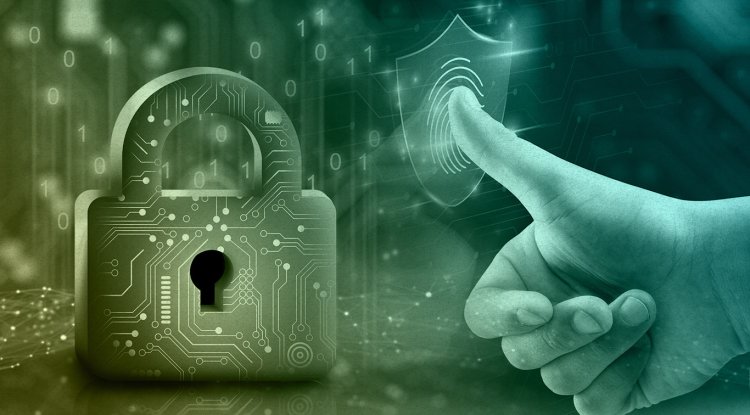OSINT in Cybercrime Investigations – A Digital Detective’s Toolkit
OSINT (Open Source Intelligence) is a powerful method of gathering intelligence using publicly accessible information. It's widely used in cybercrime investigations, national security, corporate espionage prevention and ethical hacking
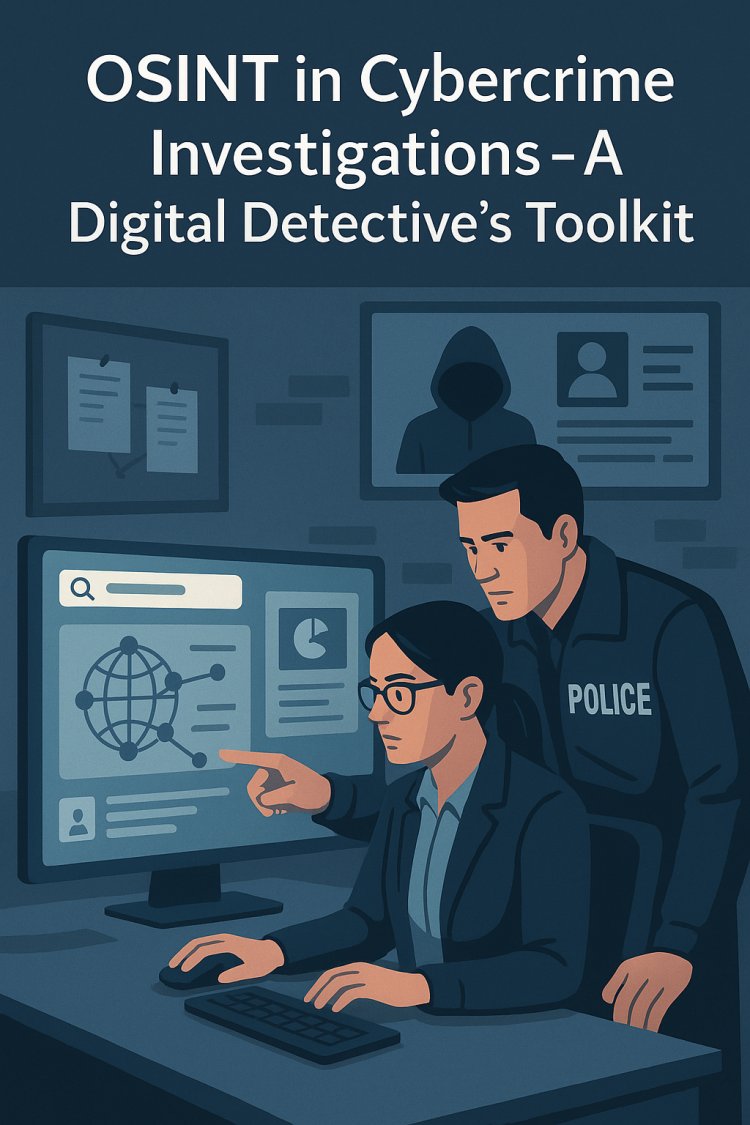
What is OSINT?
OSINT means collecting information from publicly available sources on the internet. This includes websites, social media, forums, news sites, and even the dark web. You don’t need hacking or secret access—just smart searching.
How OSINT Helps in Cybercrime Investigations:
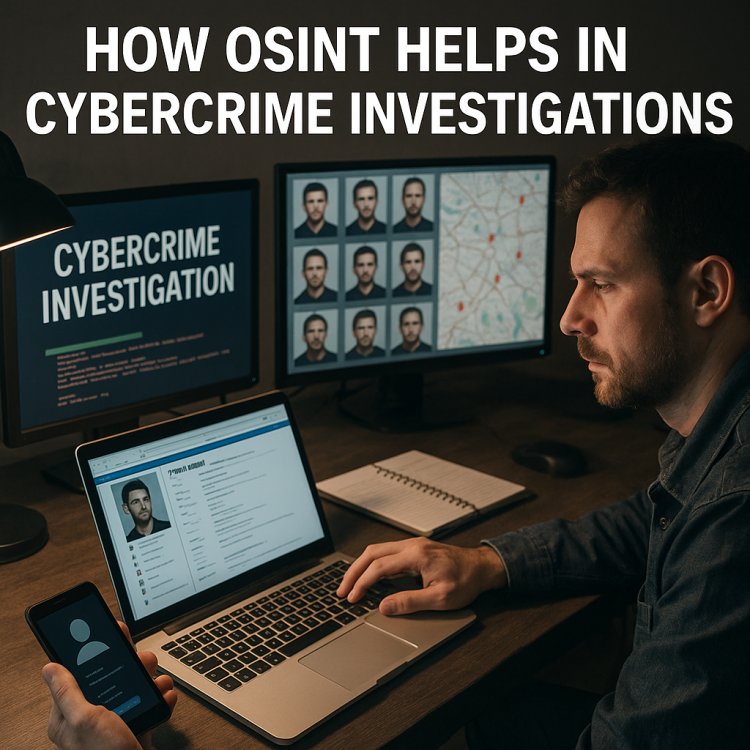
1. Finding the Criminal’s Online Identity:
- Cybercriminals sometimes use the same email, username, or phone number on different websites. Investigators use OSINT tools to:
- Search where those emails or usernames are used (like on Facebook, Reddit, or dark web forums).
- Find accounts connected to them.
- Discover their photos, friends, and locations.
Example:
A hacker sends a virus using this email: johnhack3r@gmail.com
Investigators search that email online and find:
-
A profile on a gaming website with the same email.
-
That profile shows the name “John R.” and a photo.
-
The profile also mentions he's from Chicago and likes a local game store.
Now the investigators have clues:
-
A name (John R.)
-
A location (Chicago)
-
A face (from the profile photo)
2. Checking Social Media Activities:
- People often share too much on social media—even cybercriminals.
- Investigators look at posts, comments, pictures, and friends.
- They can find out where someone was, who they talked to, or what tools they used.
Example: A person posts a selfie at a café. In the background, their laptop screen shows hacking tools. The photo's location data shows they were in Delhi when it was taken.
3. Tracking Websites and Servers Used in Attacks:
- If a cybercriminal uses a fake website to steal passwords (phishing), OSINT can help:
- Investigators look up who owns that website using WHOIS.
- They check the server’s location and who else is using it.
- They can find other related websites used by the same person.
Example: A fake "shoe sale" website that steals credit card info is found to be hosted in the same building as another fake "electronics sale" website run by the same scammer.
4. Monitoring the Dark Web:
- Cybercriminals often sell stolen data (like credit card numbers or hacked passwords) on the dark web.
- OSINT tools scan these hidden sites for stolen information.
- Investigators can find conversations between hackers, lists of hacked accounts, or even planned attaks.
Example: Investigators find a stolen database from an Indian company being sold on a dark web forum.
5. Analyzing Malware and Files:
- If someone sends a virus or ransomware, OSINT tools can:
- Scan the file and show where it came from.
- Compare it to other known viruses.
- Identify if it's part of a larger cybercrime group.
Example: A virus in an email matches another one used by a known hacker group in Russia.
6. Looking at Hidden Data in Files (Metadata):
- Photos, documents, and videos can carry hidden information (like who created them, when, and where).
- Tools can extract this data to give clues.
- A simple image can show GPS location, device info, or date/time.
Example: A photo shared by a suspect includes GPS info showing it was taken near the crime scene.
7. Real-Time Monitoring:
- OSINT allows police or cyber experts to watch for new threats live.
- They monitor social media, forums, and hacker communities for any signs of attacks.
- Early warnings help prevent big cybercrimes.
Example: A hacker group announces a future attack on a hospital. OSINT alerts the hospital in time to secure their systems.
Conculsion:Open Source Intelligence (OSINT) helps cybercrime investigations by collecting publicly available information from social media, websites, and forums. This info can show patterns, track down suspects, or reveal hidden connections. It's like digital detective work using clues anyone can access online.
Follow cyberdeepakyadav.com on
Facebook, Twitter, LinkedIn, Instagram, and YouTube
What's Your Reaction?







